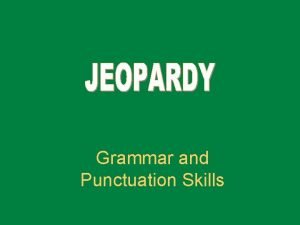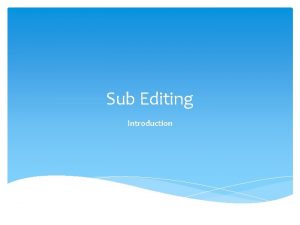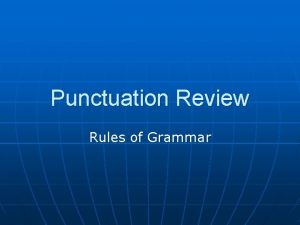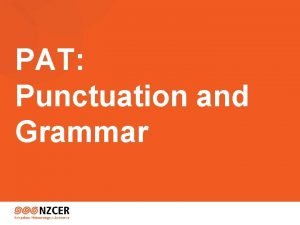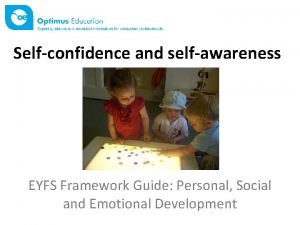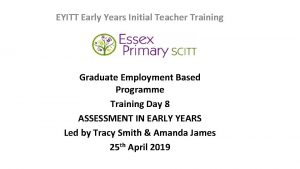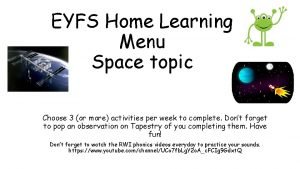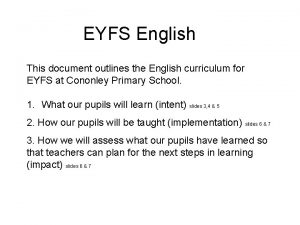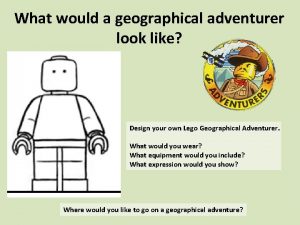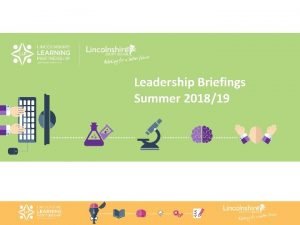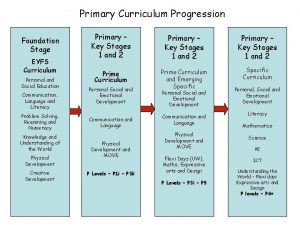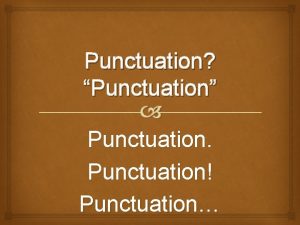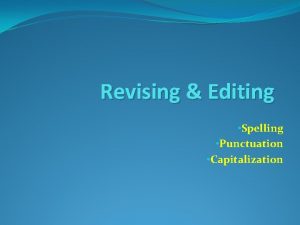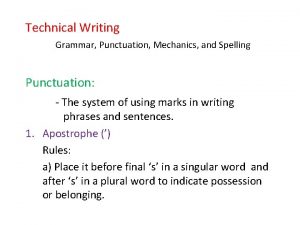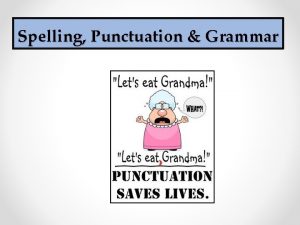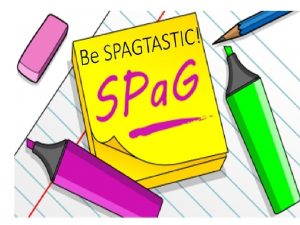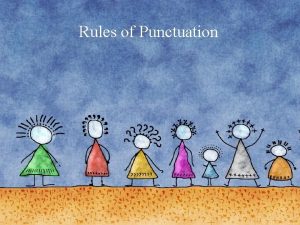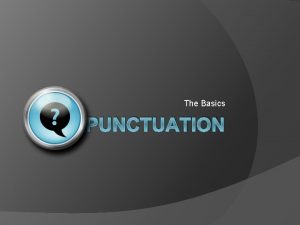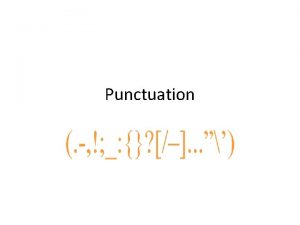Spelling Punctuation and grammar in EYFS and KS












- Slides: 12

Spelling, Punctuation and grammar in EYFS and KS 1 ST. ANNE’S CATHOLIC PRIMARY SCHOOL

What we do at St. Anne’s to teach spelling �We primarily teach spelling through phonics through Reception, Y 1 and Y 2. �In year 2, some children will move onto a programme called ‘support for spelling’ when they are secure in all aspects of phonics, which is preparing them for KS 2 �We ‘segment’ words to spell. Cat = c-a-t �We also teach children to spell ‘tricky’ words, words that cannot be segmented to spell such as I, so, the, was. �We teach spelling through handwriting in KS 1. This helps children improve handwriting through learning spellings.

Spelling �We focus on pure sounds not letter names. For example: e is sounded as ‘eh’ not ‘eee’ f is sounded as ‘ffff’ not ‘eff’ This has a huge impact on their spelling. http: //www. youtube. com/watch? v=Bqh. XUW_v-1 s � Once the children are happy using the sounds they can begin to build words within their reading and writing.

Summary of phonics in reception �Children are primarily in phase 2 phonics were all letter sounds are taught including ff, ll, ss, zz, ck. They are taught how to read and write these ‘phonemes’ �Children will move onto phase 3 when all other letters are learnt. Phase 3 includes ‘digraphs’ which are 2 letters that make 1 sound. These include ai, ee, igh, oa, oo, th, sh, ng and many more.

Phonics in Y 1 �Most children will be onto phase 4 and phase 5 phonics which is compound words (lunchbox) and alternative spellings for main digraphs. E. g. . ai can be spelt ay, a-e, eigh, etc. �See best bet resource

Year 2 phonics �Most of Y 2 is consolidating phase 5 phonics and moving onto phase 6 which is spelling patterns such as suffixes and prefixes.

Progression of Punctuation through Reception to Y 2. �In reception, children are taught to add a capital letter for their name. We look at spaces between words and are beginning to look at full stops. �In year 1, children are expected to add a full stop to their sentences , add capital letters at beginning of their sentences. They are also expected to use capital letter for the pronoun I. They are beginning to use question marks. �In year 2, children are taught to use question marks, explanation marks, commas and speech marks. �At St Anne's, 1 or 2 literacy lessons a week are solely for punctation and grammar. Phonics is taught every day.

Grammar in Reception �To expect written text to make sense and to check for sense if it does not. �To know that words are ordered from left to right

Grammar in Y 1 �To reread own writing and check whether it makes sense. �To expect reading to make sense and check if it does not. �To read aloud with pace and expression appropriate to the grammar , e. g. pausing at full stops, raising voice for questions �To use “and” to join 2 simple sentences.

Grammar in Y 2 � To read aloud with intonation and expression appropriate to the grammar and punctuation (sentences, speech marks, commas, exclamation marks) � To reread own writing to check for grammatical sense (cohesion) and accuracy (agreement) – identify errors and suggest alternative constructions. � To understand the need for grammatical agreement, matching verbs to nouns/pronouns, e. g. I am; the children are; � To use simple gender forms, e. g. his/her correctly � To use standard forms of verbs in speaking and writing, e. g. catch/caught, see/saw, go/went and to use the past tense consistently for narration � To use a greater variety of connectives to join 2 sentences � To understand use the terms “noun”, “adjective” and “verb” � To turn statements into questions, learning a range of “wh” words, typically used to open questions: what, where, when, who, and to add question marks.

Up-levelling With our new marking policy in school, children are given time each day to ‘up-level’ or improve on their writing from the previous day. For example ‘The cat went along the wall. ’ The teacher will tell the child to ‘up-level’ this sentence by adding more ‘wow’ words. ‘The fluffy, ginger cat crept along the high wall’ It might be a much simpler up-levelling task such as ‘add your missing full stops’ or ‘put in your capital letters’.

Targets �Each child has writing targets that are in their literacy book. �The children know their targets and these are referred to in our marking. If their targets have been met, we give the child a new target. Targets are achievable and smart.
